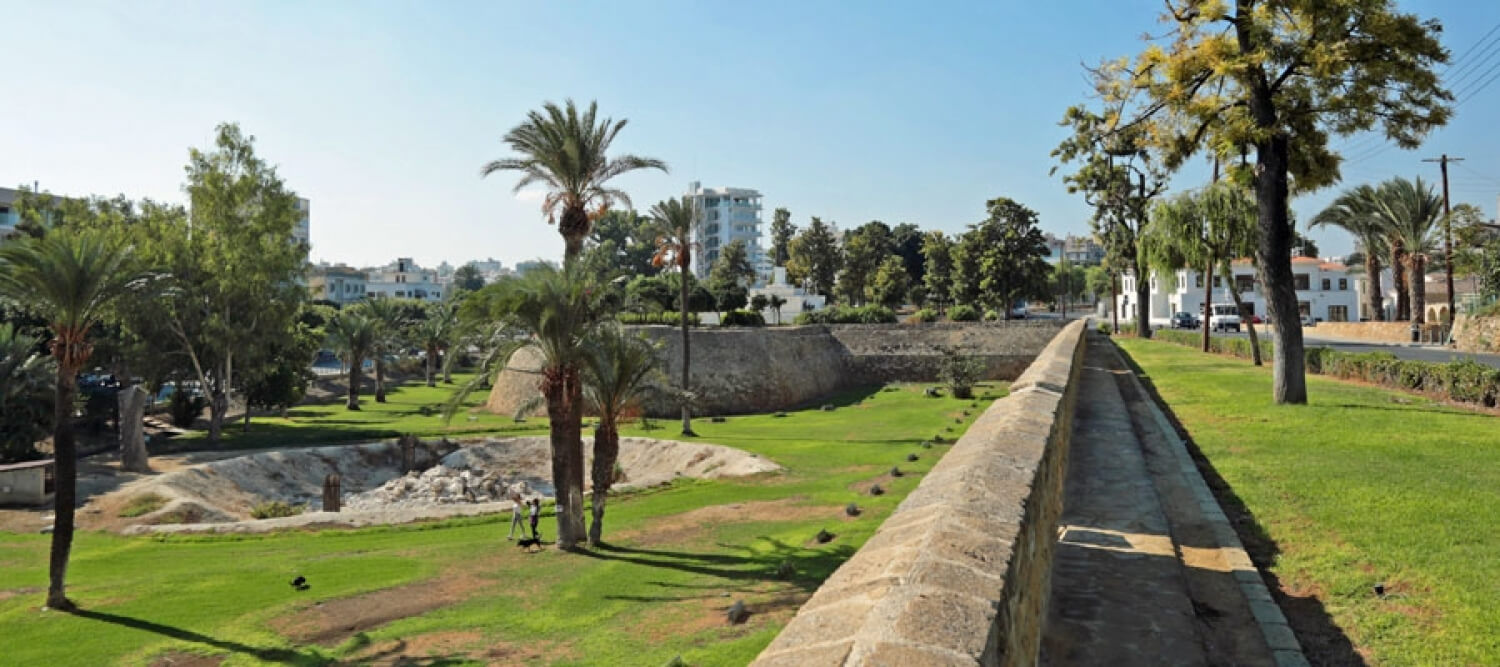Cyprus Sights
Historical Sights
The Medieval Wals of Lefkosia
The Medieval Walls that still surround the old city of Lefkosia (Nicosia) were built by the Venetians in the 16th century. Forming a circle, the walls are fortified by eleven heart-shaped bastions and protected by an 80-metre wide moat. They were built of mud brick, with only the lower part buttressed by stone. When the Ottomans occupied Lefkosia, they repaired the walls and covered the upper part with stones.
The Medieval Wals of Lefkosia
The Medieval Walls that still surround the old city of Lefkosia (Nicosia) were built by the Venetians in the 16th century. Forming a circle, the walls are fortified by eleven heart-shaped bastions and protected by an 80-metre wide moat. They were built of mud brick, with only the lower part buttressed by stone. When the Ottomans occupied Lefkosia, they repaired the walls and covered the upper part with stones.

Amathous Archaeological Site
There are various, rich archaeological finds at the site, including the Agora, the public baths, the Temple of Aphrodite, early Christian basilicas and several tombs.Read More
Kourion Archaeological Site
The city-kingdom was built on the hills of the area, and overlooked and controlled the fertile valley of the river Kouris.Read More
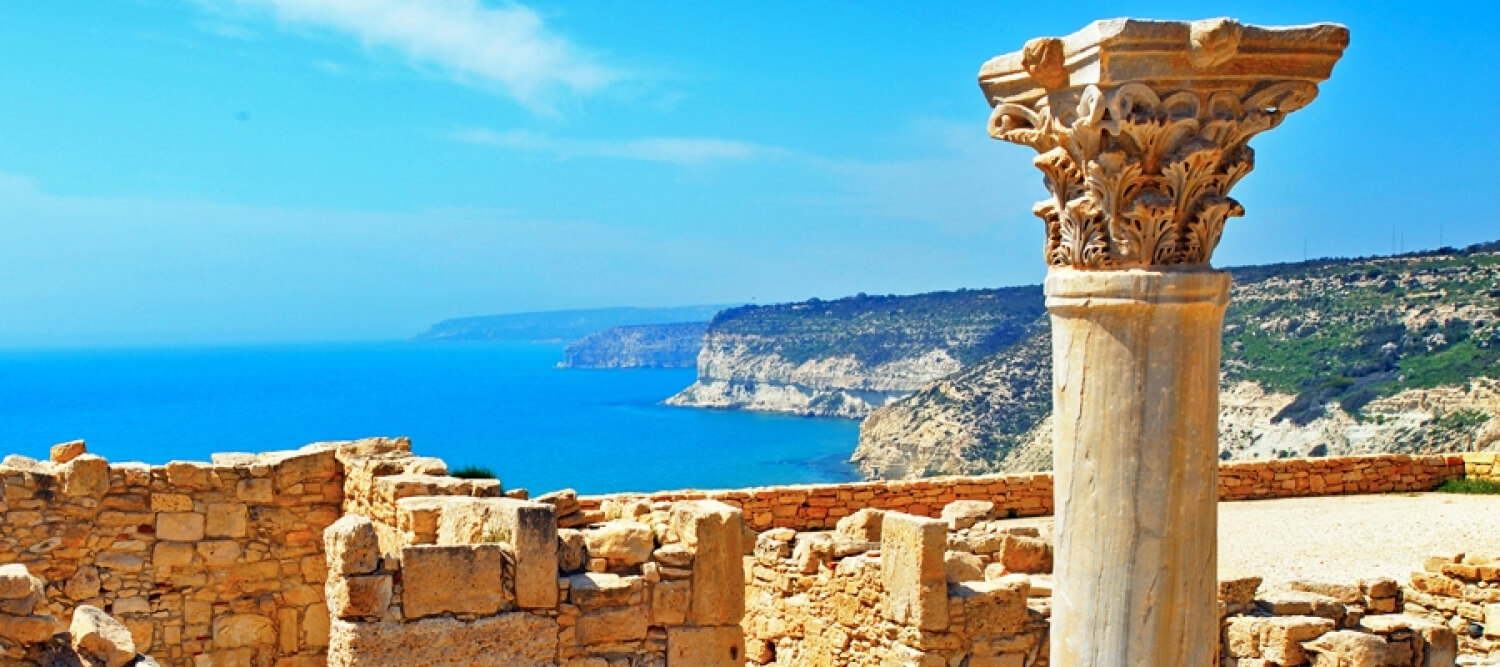

Kourion Archaeological Site
The city-kingdom was built on the hills of the area, and overlooked and controlled the fertile valley of the river Kouris.Read More
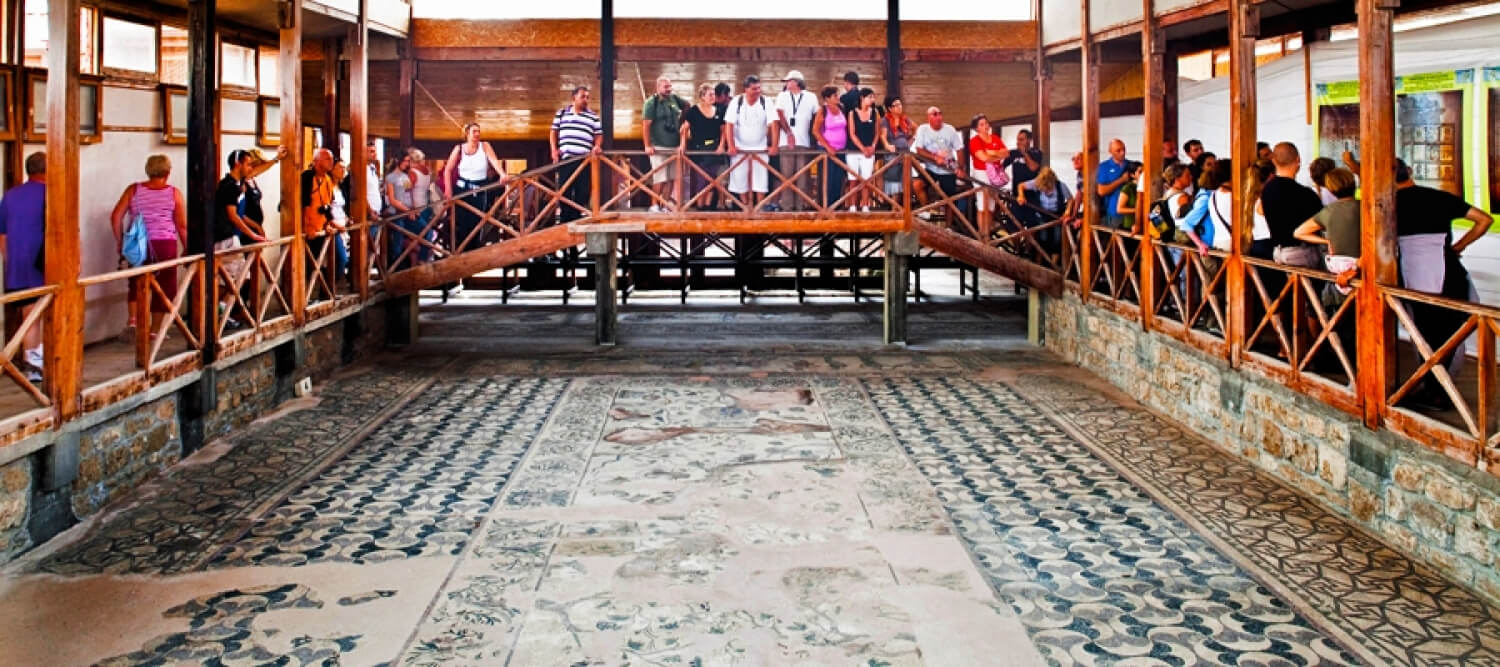
Pafos (Paphos) Mosaics
The Houses of Dionysos, Theseus, Aion and Orpheus are the villas of four Roman noblemen that date from the 2nd to the 5th centuries AD.Their intricate floor mosaics depict various scenes from Greek Mythology. Read More
Choirokoitia Archaeological Site (Neolithic Settlement)
Remains from all phases of the Neolithic Age are evident in the settlement, and provide an insight of living conditions in the region during prehistoric times, as well as how the Neolithic culture was spread throughout the region.
Read More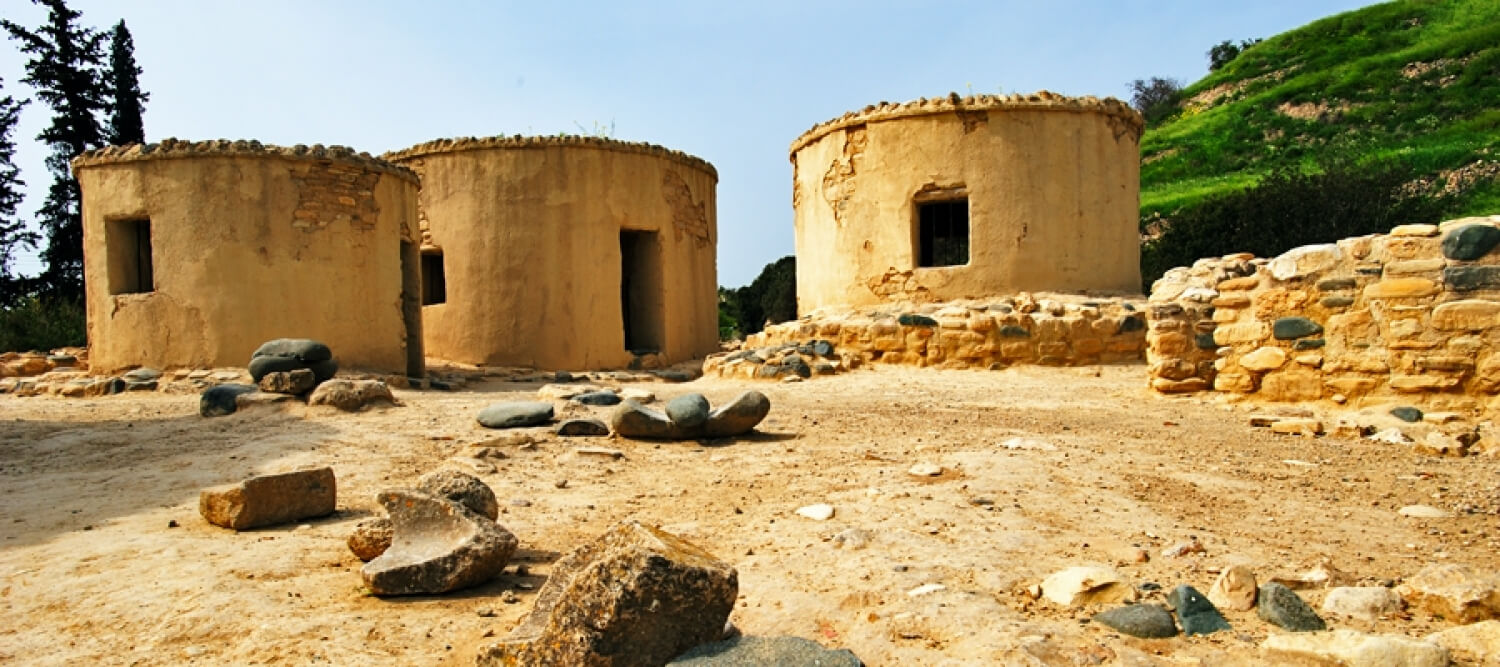

Choirokoitia Archaeological Site (Neolithic Settlement)
Remains from all phases of the Neolithic Age are evident in the settlement, and provide an insight of living conditions in the region during prehistoric times, as well as how the Neolithic culture was spread throughout the region.
Read MoreReligious Sights
Agios Ioannis (St John’s) Cathedral
Archbishop Nikiforos rebuilt the monastery chapel from its foundations in 1662. Dedicated to Agios Ioannis the Theologian, it remained a monastery until the 18th century when Archbishop Sylvester converted it into a cathedral, establishing it as the seat of the Orthodox Archbishopric in Cyprus.
Read More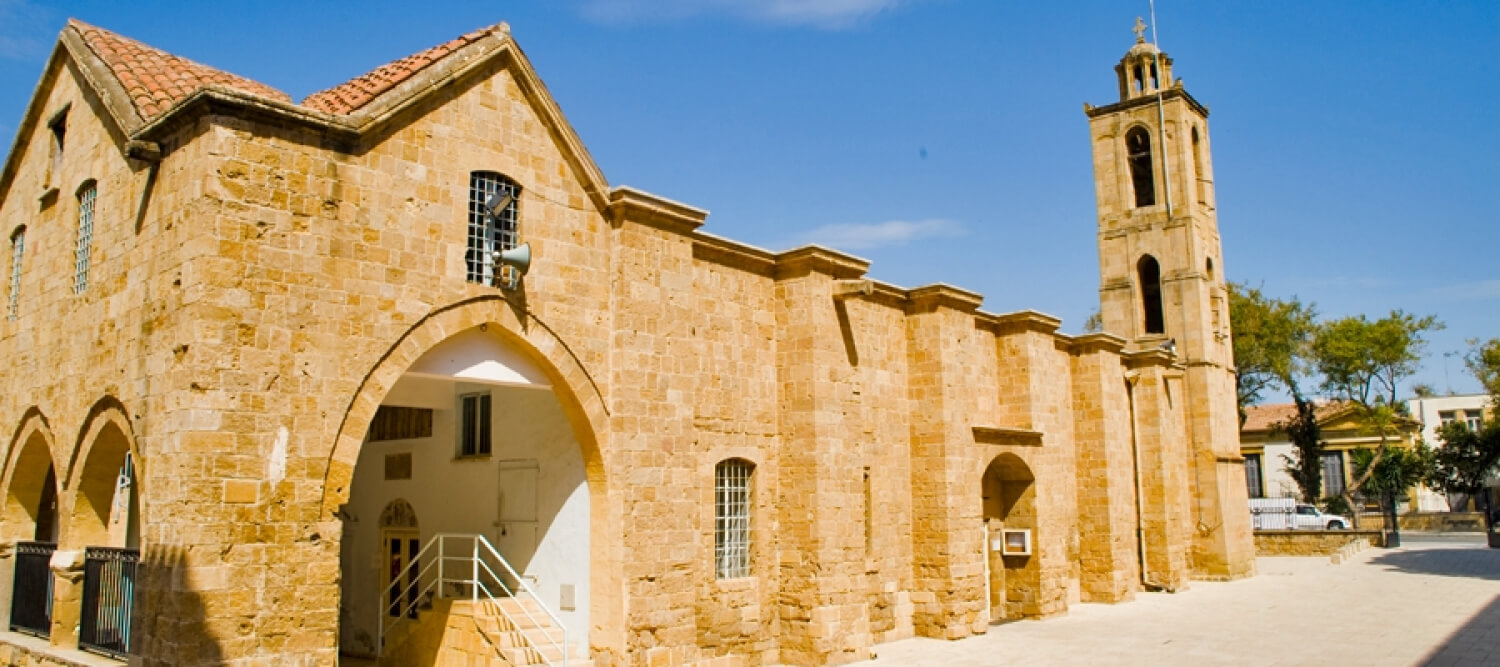

Agios Ioannis (St John’s) Cathedral
Archbishop Nikiforos rebuilt the monastery chapel from its foundations in 1662. Dedicated to Agios Ioannis the Theologian, it remained a monastery until the 18th century when Archbishop Sylvester converted it into a cathedral, establishing it as the seat of the Orthodox Archbishopric in Cyprus.
Read More
Kykkos Monastery
Dedicated to Panagia (the Virgin Mary), the monastery possesses one of three icons attributed to Agios Loukas (Apostle Luke) the Evangelist. The icon – covered in silver gilt – is in a shrine made of tortoiseshell and mother-of-pearl that stands in front of the iconostasis.
Read MoreMachairas Monastery
Located on the slopes of Kionia, in the valley of Machairas mountains, Machairas Monastery is one of the three Royal and Stavropegic of the island and houses the miraculous icon of Panagia (the Virgin Mary) of Machairas, which is attributed to Agios Loukas (Apostle Luke) the Evangelist.
Read More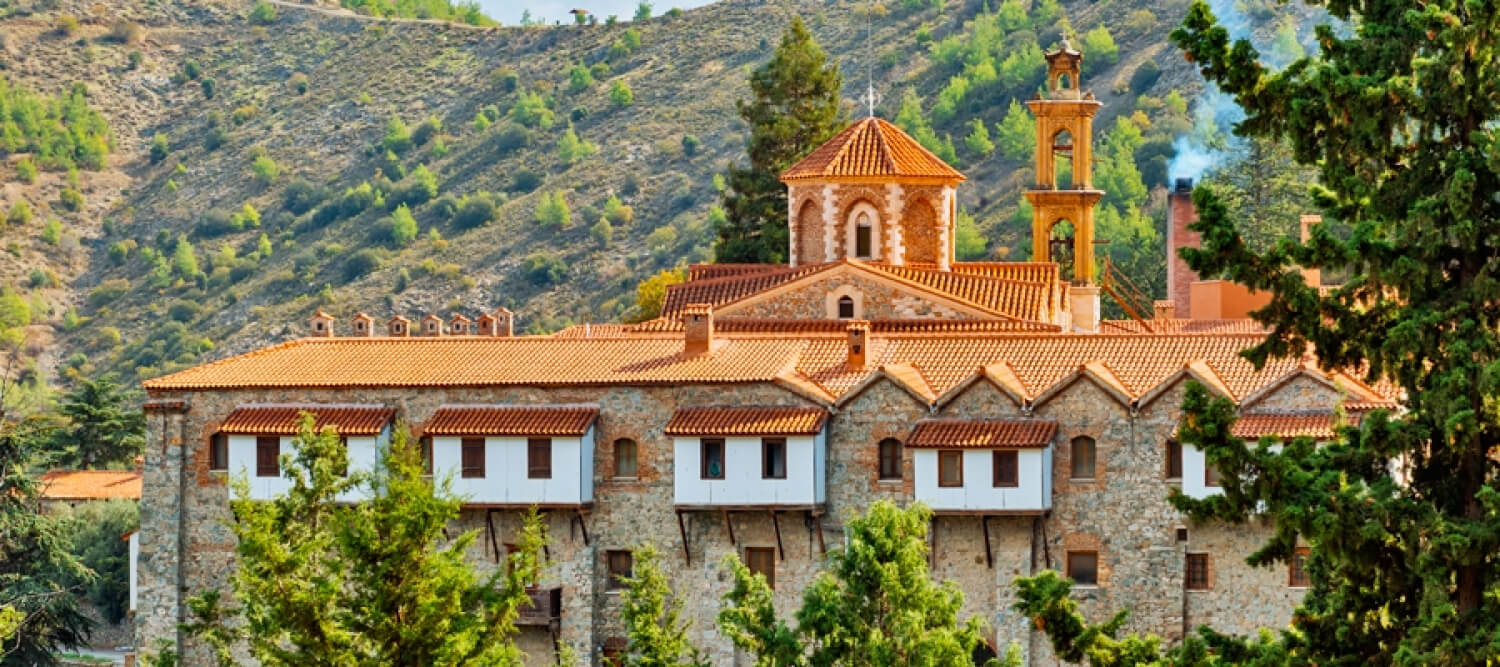

Machairas Monastery
Located on the slopes of Kionia, in the valley of Machairas mountains, Machairas Monastery is one of the three Royal and Stavropegic of the island and houses the miraculous icon of Panagia (the Virgin Mary) of Machairas, which is attributed to Agios Loukas (Apostle Luke) the Evangelist.
Read More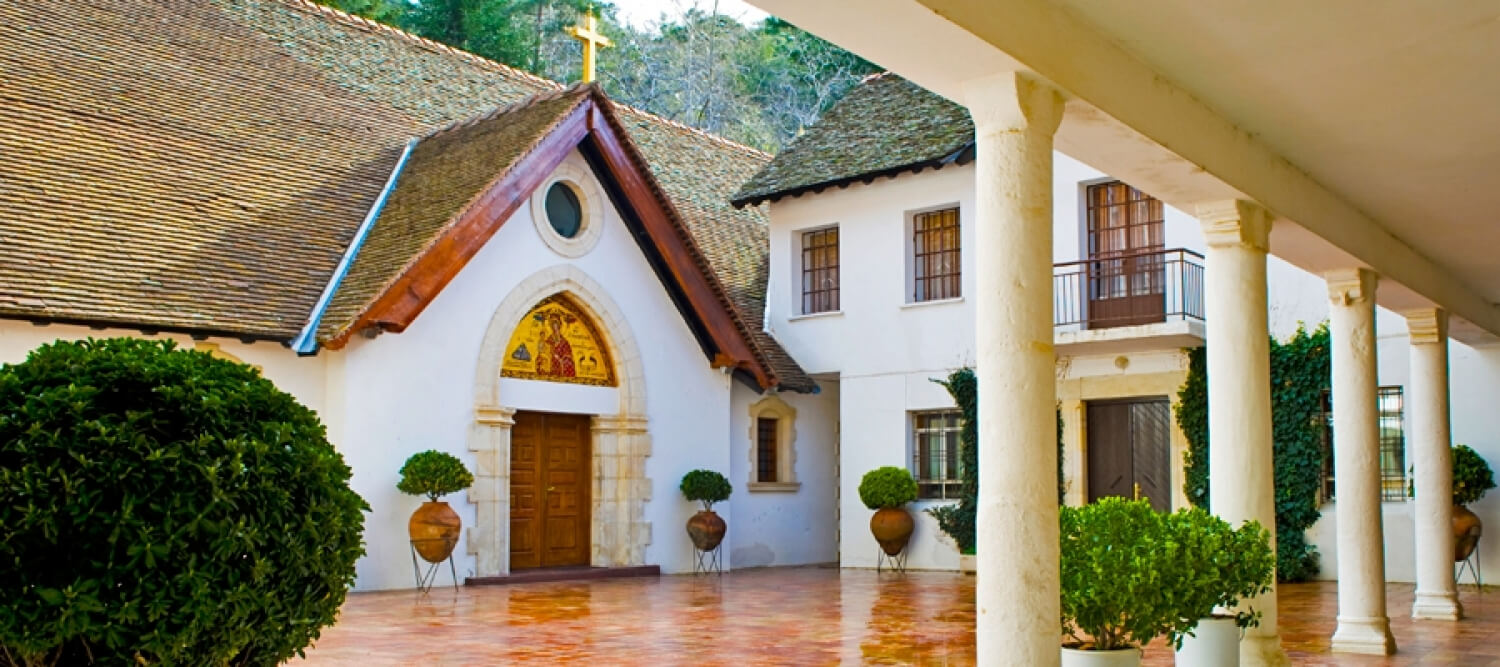
Trooditissa Monastery
Located on the southern slopes of the Troodos Mountain range, the 13th century Trooditissa Monastery is situated among pine trees, commanding a picturesque spot. The present church was built in 1731 and contains a priceless silver-leaf covered icon of the Virgin Mary brought from Asia Minor, believed to give childless couples hope if they pray to her.
Read MoreHala Sultan Tekke
The monument is located on the west bank of the Salt Lake and was erected over different phases, commencing from 1760 and completed in 1817. It is an important Islamic monument, one of the most revered sites in the Muslim world and it is used to this day for religious purposes. The mosque was built over the grave of Umm Haram or Ummü Haram, who was believed to be the sister of the Prophet Mohammed’s foster mother or a follower from Medina to Cyprus. Umm Haram arrived on the island either in 647 or 649, during the Arab raids led by the Arab Governor of Syria, Moawiya, in an effort to expand the Muslim empire in the Mediterranean Sea.
Read More
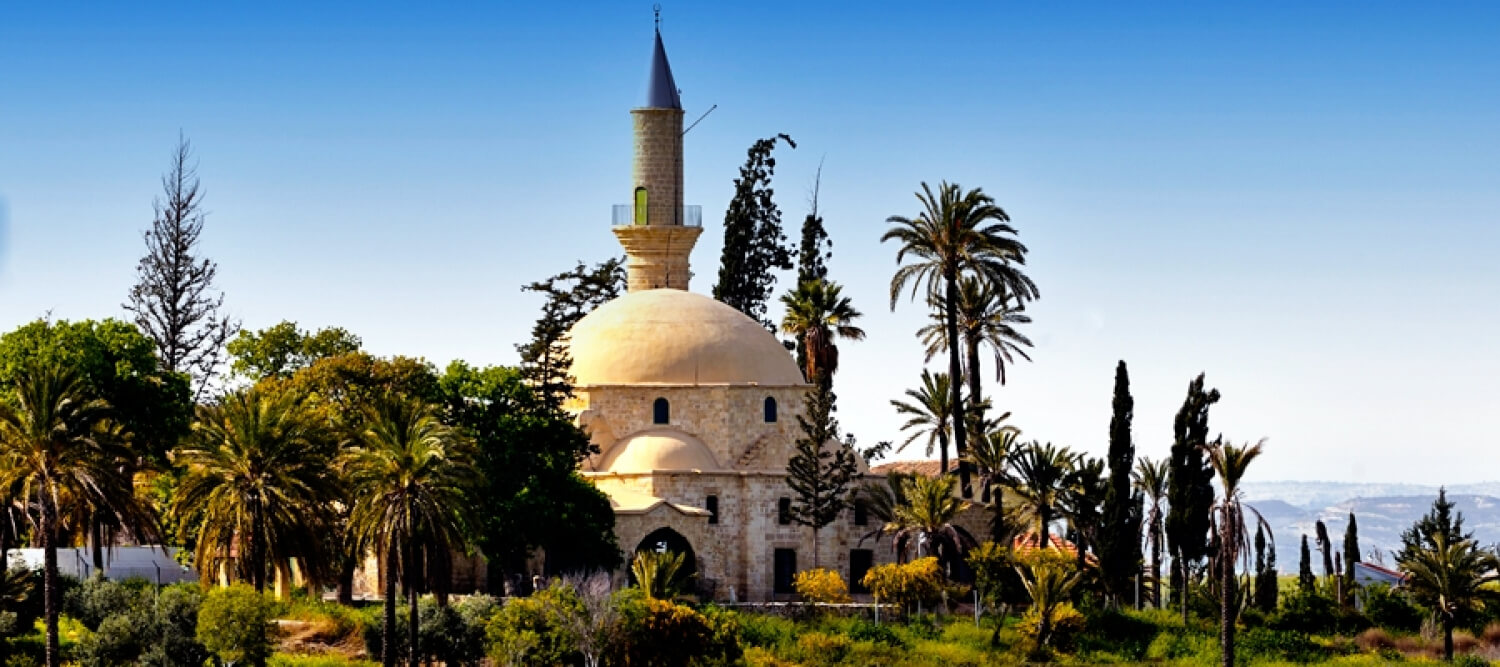

Hala Sultan Tekke
The monument is located on the west bank of the Salt Lake and was erected over different phases, commencing from 1760 and completed in 1817. It is an important Islamic monument, one of the most revered sites in the Muslim world and it is used to this day for religious purposes. The mosque was built over the grave of Umm Haram or Ummü Haram, who was believed to be the sister of the Prophet Mohammed’s foster mother or a follower from Medina to Cyprus. Umm Haram arrived on the island either in 647 or 649, during the Arab raids led by the Arab Governor of Syria, Moawiya, in an effort to expand the Muslim empire in the Mediterranean Sea.
Read More
Tourist Sights
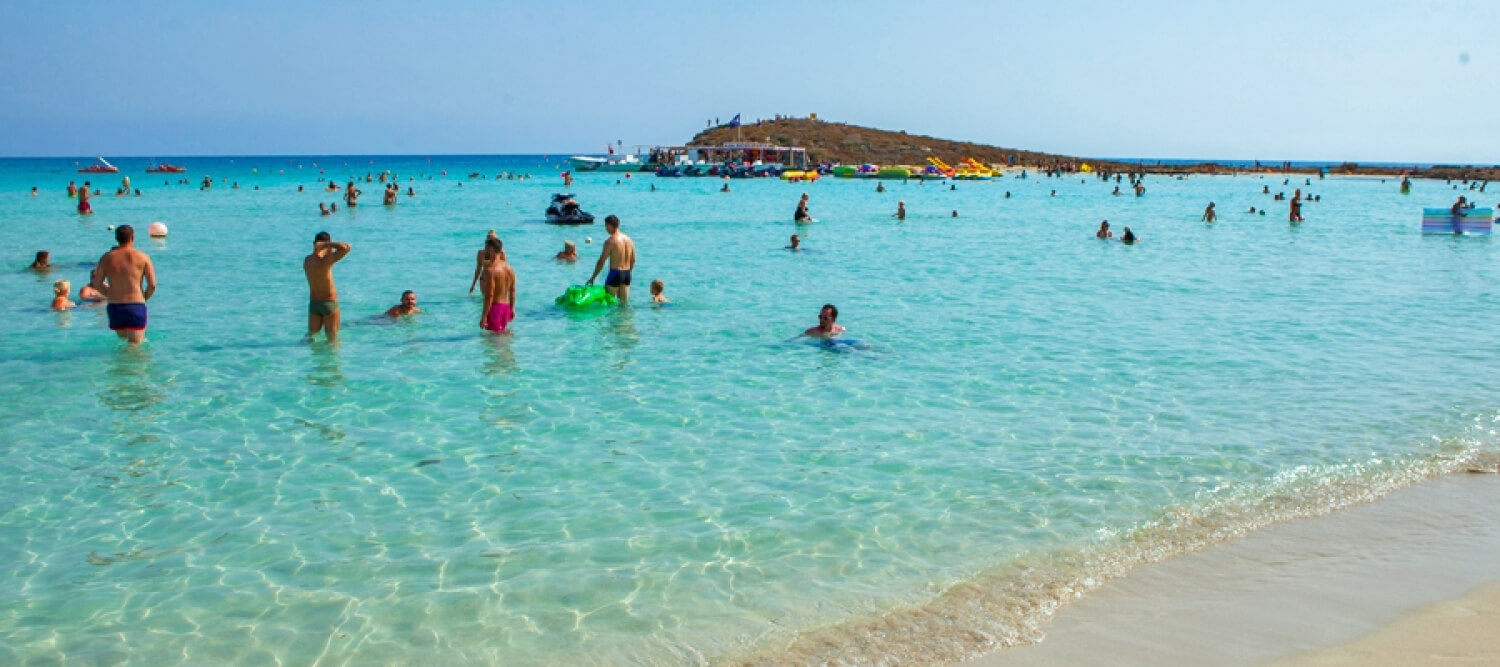
Nissi Beach – Blue Flag
Located 3.3 km west of the centre of the popular tourist resort of Agia Napa, the 600-metre long beach of Nissi Beach is among the most famous in the region, attracting large crowds with its alluring combination of beautiful coast, music, bars and beach parties.
Covered in fine, golden sands, the beach is formed inside a natural bay, and has shallow and calm seawaters that are sheltered against winds.
Read MoreProtaras Beach (Fig Tree Bay) – Blue Flag
Located in the popular tourist resort of Protaras in the popular holiday town of Paralimni, the popular beach of Protaras – better known as Fig Tree Bay – boasts fine, golden sands and crystal-clear waters. It takes its name from a single, solitary fig tree that has been there since the 17th century.
Read More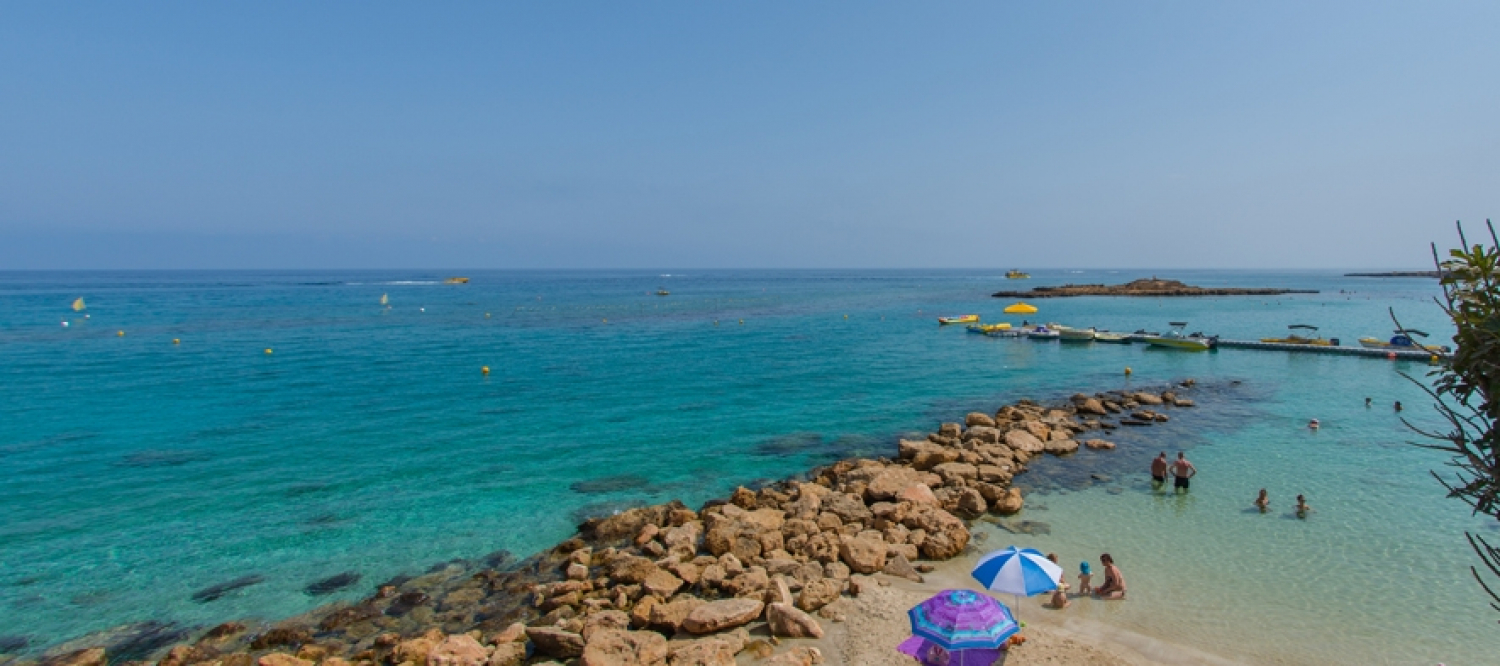

Protaras Beach (Fig Tree Bay) – Blue Flag
Located in the popular tourist resort of Protaras in the popular holiday town of Paralimni, the popular beach of Protaras – better known as Fig Tree Bay – boasts fine, golden sands and crystal-clear waters. It takes its name from a single, solitary fig tree that has been there since the 17th century.
Read More
Vrysoudia A Beach – Blue Flag
Located in the heart of the tourist area of Kato Pafos – off of the main road of Poseidonos Avenue – the 300-metre long beach of Vrysoudia A is one of the main organised beaches of the area.
The sands are deep, golden and the clean seawaters here are calm and shallow, making it a popular choice for all, including families with children.
Read MoreDasoudi Beach – Blue Flag
Located in Germasogeia – the heart of the Lemesos (Limassol) tourist area – the 1 km long, Dasoudi Beach provides everything for the perfect day out, and is the town’s most popular coastal strip.
Read More

Dasoudi Beach – Blue Flag
Located in Germasogeia – the heart of the Lemesos (Limassol) tourist area – the 1 km long, Dasoudi Beach provides everything for the perfect day out, and is the town’s most popular coastal strip.
Read MoreNature Trails

Adonis (Circular) – Pafos (Paphos) District, Akamas Forest Nature Trail
Points of interest: This trail offers beautiful views of Polis Chrysochous, the Pafos (Paphos) Forest and the Akamas peninsula. The path runs past Pyrgos tis Rigainas (Queen’s Tower) and connects with the Smigies trail at Kefalovrysia (where there is a fountain of non potable water), and with the Afroditi trail at Pyrgos tis Rigainas.
Read MoreChrysovrysi (Linear) – Lemesos (Limassol) District, Troodos Forest Nature Trail
Points of interest: Almost the entire trail is located within the Troodos National Forest Park, which is a Natura 2000 area. The last 300 metres of the trail are on a dirt road that is used by the residents of Amiantos for their agricultural operations. Gabbro rock formations, i.e. ultrabasic plutonic rocks belonging to the Troodos ophiolite complex, prevail along the trail.
Read More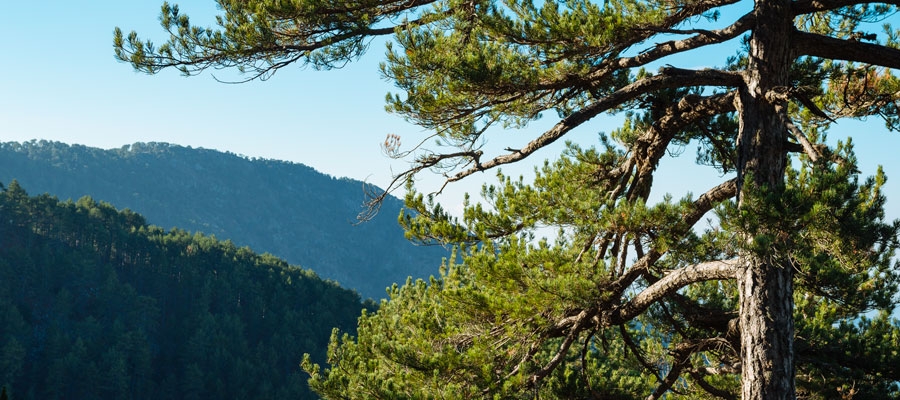

Chrysovrysi (Linear) – Lemesos (Limassol) District, Troodos Forest Nature Trail
Points of interest: Almost the entire trail is located within the Troodos National Forest Park, which is a Natura 2000 area. The last 300 metres of the trail are on a dirt road that is used by the residents of Amiantos for their agricultural operations. Gabbro rock formations, i.e. ultrabasic plutonic rocks belonging to the Troodos ophiolite complex, prevail along the trail.
Read More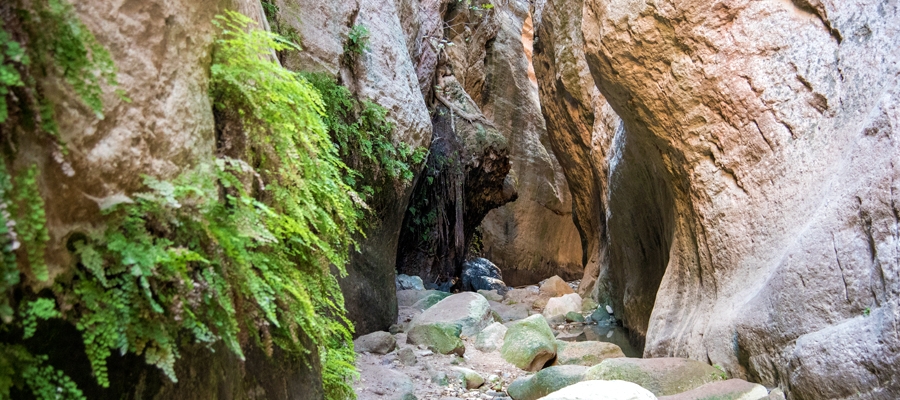
Avakas Gorge (Linear) – Pafos (Paphos) District, Akamas Forest Nature Trail
Flora: While hiking you can study the indigenous plants: lentisk (Pistacia lentiscus), Phoenician juniper (Juniperus phoenicea), terebinth (Pistacia terebinthus), thorny broom (Calycotome villosa), common smilax (Smilax aspera), oleander (Nerium oleander), storax (Styrax officinalis), and the endemic endangered Akamas centaury (Centaurea akamantis).
Read More
